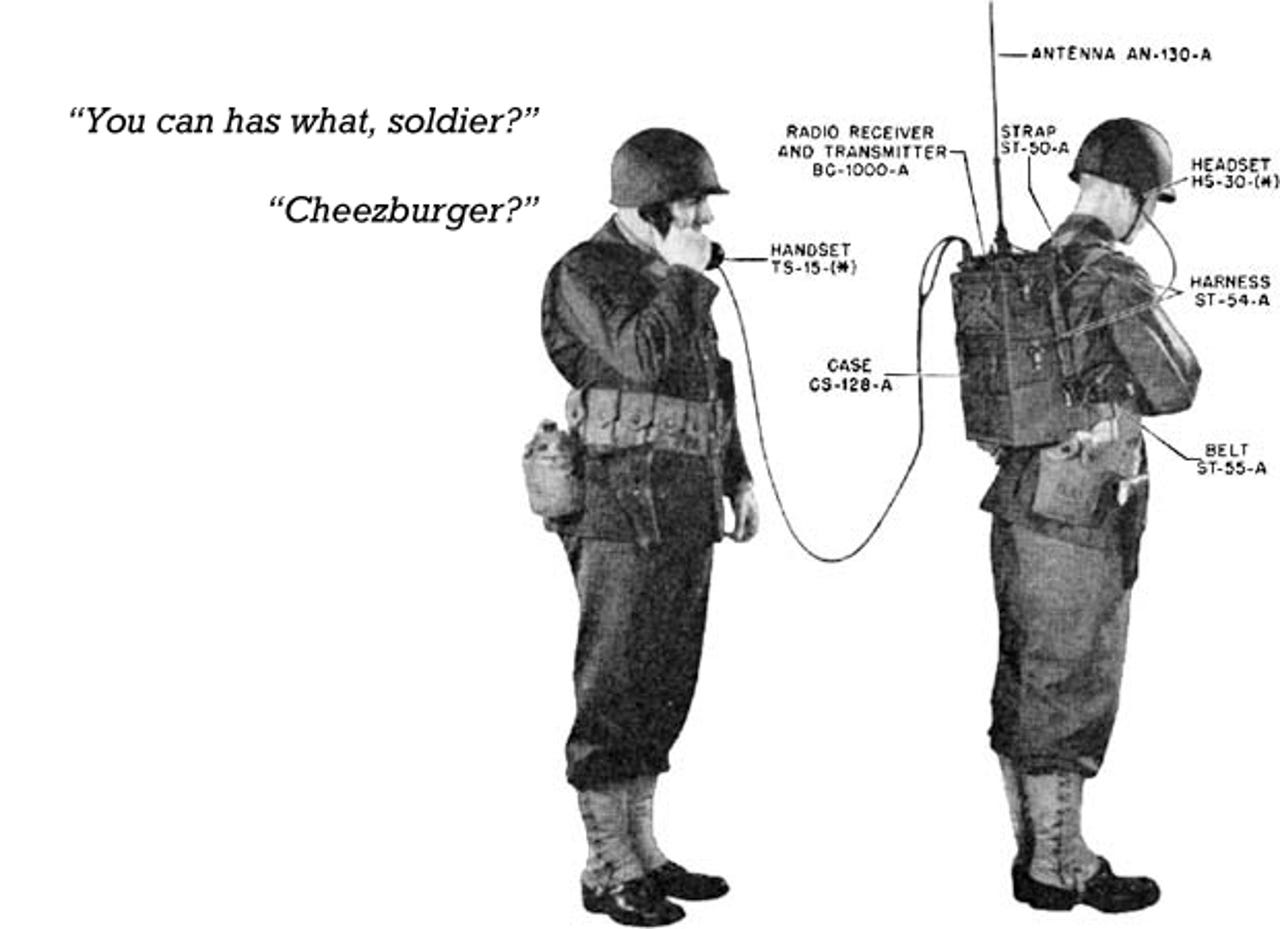At Motorola, a history of embracing, then rejecting, consumer spotlight

It's been a busy year for Motorola.
It was only January when the almost 83-year-old company, an American triumph if there ever was one, split into two companies: Motorola Solutions, the direct successor to the original telecommunications company, and Motorola Mobility, the mobile device maker responsible for the brand's modern household reputation.
And this morning, Google, an American triumph of a newer age, announced that it would acquire Motorola Mobility for $12.5 billion. In a way, it represents how the mobile phone has moved from an extension of physical infrastructure to an extension of a largely digital one.
Motorola was founded by two brothers, Joseph and Paul Galvin, in 1928 in Chicago, Ill. as the Galvin Manufacturing Corporation. The company's first product was a battery eliminator, a device for radio receivers that allowed them to run off household electricity, eliminating the need for expensive batteries -- ironically, at the expense of mobility.
The Motorola name wasn't adopted until 1947, but by 1940 -- just before the Second World War -- the company had already begun to make the product it is best known for: the walkie-talkie. It also diversified into defense electronics, cellular infrastructure equipment and even mobile phone manufacturing -- anything related to the radio, its core competency.
By the end of World War II, Motorola was a public company focused on selling radios and televisions, which had been gaining popularity since their commercial debut at the 1939 New York World's Fair.
The company preserved the radio as its core business well into the 1960s, aiding NASA in radio equipment for space flights; Neil Armstrong's "One small step for man, one giant leap for mankind" moment was over a Motorola radio.
The company dabbled in portable televisions ("Quasar" brand) in the late 1950s, but by 1974, it sold off its entire TV business to Matsushita, the parent company of Japanese electronics manufacturer Panasonic. (It was perhaps prescient: while Panasonic has grown to become a top global TV maker; it's only recently that a true "portable TV" -- a tablet computer -- has become commercially viable in a big way.)
The company's love affair with the portable telephone was longer lasting. It revealed publicly for the first time the first portable telephone in 1973, but it wouldn't be another decade -- September of 1983, in fact -- that it would receive FCC approval for the DynaTAC 8000X telephone, the world's first commercial cellular device.
The rest is history. As the mobile phone grew into a mature consumer device in the 1990s, Motorola reaped huge rewards; by 1998, two thirds of the company's gross revenue came from cellphones.
And all the while, the company would continue to diversify its businesses: it made semiconductors for some of computing's most classic consumer devices, from the Apple Macintosh to the Commodore Amiga; it had an extensive line of satellite systems; it made digital cable boxes and modems; it invented the first two-way pager in 1995.
Wherever you needed to communicate, Motorola was there.
By but 1998, Motorola's was losing ground in the cellular handset market and Nokia surpassed it as the world's largest mobile handset maker. The company had arguably lost its way until 2004, when it made a big splash with the introduction of the clamshell Razr handset. The surprising success of the handset prompted the company to aggressively cut prices (and margins) to capture market share -- once $200 with contract, it quickly became the "free" phone -- but ultimately fail to develop a worthy successor to the device.
Within a few years, the cell phone market had shifted again, moving away from the clamshell phone and toward candybar-style "feature" phones that used touchscreens and, later, Internet connectivity to woo consumers. Unsurprisingly, 2006 marked the first year that RIM's BlackBerry burst from the closed corridors of corporate America and into the hands of regular consumers.
While Motorola continued investment in enterprise mobility for government and public safety (two-way radio for first responders, wireless infrastructure, RFID) and home mobility (routers, switches, cable boxes), the writing was on the wall for its consumer cellular products, and then again began to fall behind.
Its employment of the Google Android operating system in 2008 would give new life to its mobile phone business, but the global economic downturn soon exposed the truth: the manufacture of consumer smartphones was never really part of Motorola's DNA.
It's no surprise, then, that the company would again regroup and focus on its infrastructure business, selling off its consumer device arm much as it did with televisions in 1974. It took more than three decades longer for the phone to reach maturity, but the device's development into a full-blown computer was never something Motorola had interest in.
If you look at Ma Batwings' history, it has always been the facilitator of communication, never the end nodes. Once immature technology emerged as a mature, commercial product, Motorola has historically sold it and moved on. Its best talents are in the research and development of new technology, not the commercialization of it.
And the history follows suit. In 1999, Motorola spun off its satellite, government and defense businesses. In 2003, Motorola spun off its semiconductor business; it would become Freescale. In 2006, Motorola sold off its automotive telematics business to Continental AG. In 2008, it sold its biometrics business to defense firm Safran.
Develop, introduce, sell, profit. And all the while, retain the lucrative business of connecting technology.
The Google acquisition of Motorola Mobility, while major, is the close of yet another chapter in Motorola's storied history. The company is finally departing the mobile handset market. While the sector made the company a household name, it should never have stayed this long.
Motorola, of course, is best when the batwings are unseen.
